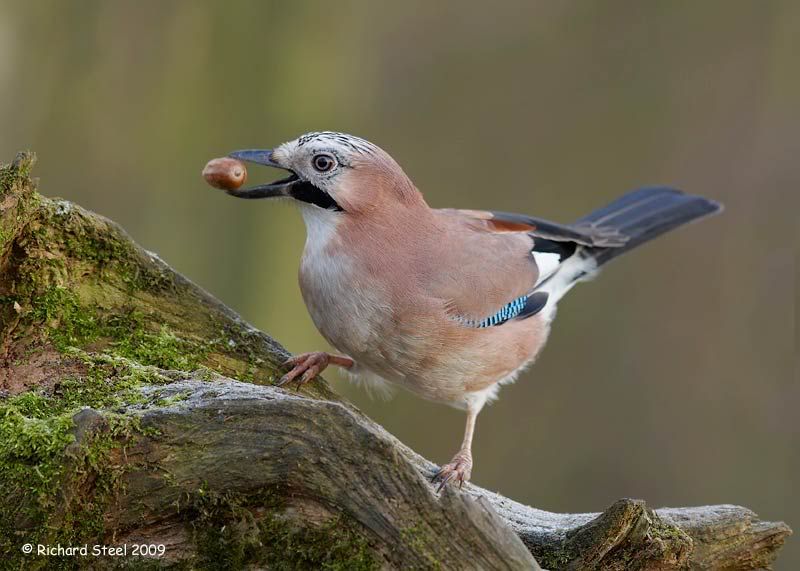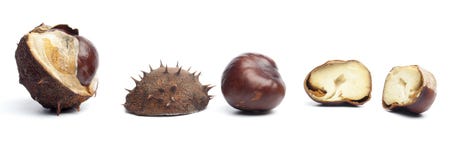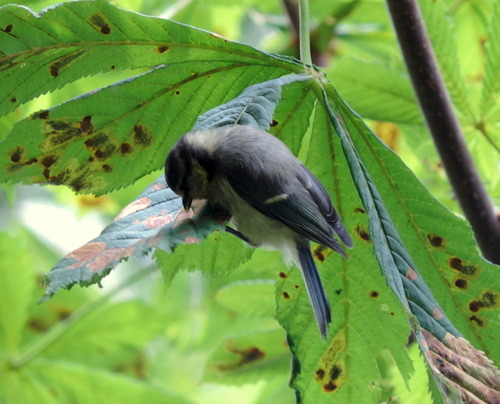
Image from RSPB.com

Image from Wildlifephotographic.com
Jays are actually one of the biggest planters of acorns, collecting and planting up to 3000 acorns each in a month! This may be the reason for why I've been seeing so many around recently, as it's peak acorn time- and there are a lot of trees around where I live too, their preferred habitat. Jays, like all corvids, are clever birds. Although they don't use twig tools to get at food like crows do, a study by Cheke et al (2011) showed that they could actually learn to use tools if they wanted to. Multiple birds in the study learnt to use tool when they got an immediate reward, but less understood how to receive a reward when multiple different tools and stages were needed. Individual differences obviously had an effect. This was only a small study though, using five different birds, so conclusive evidence that jays can or cannot use tools to extract rewards shouldn't be taken from it. It can be said that they are very clever birds though!

Map from Birdforum.net
Jays are spread really widely across the world; the one we have in this country is the Eurasian jay (or just a jay, it's the original jay after other species in different countries are named). They're pretty birds, and I do enjoy seeing them, but they can make you jump with the noise they make!





















